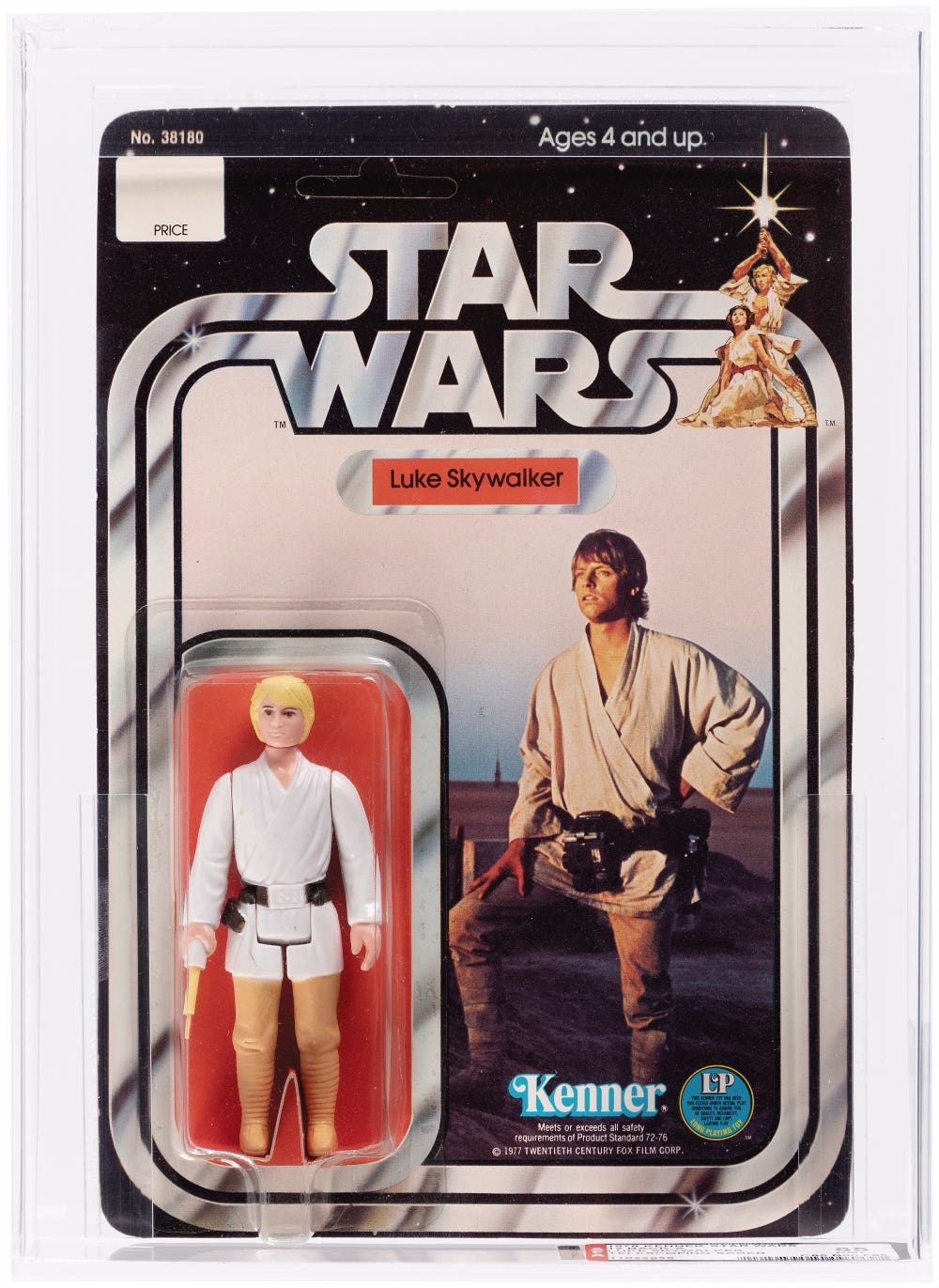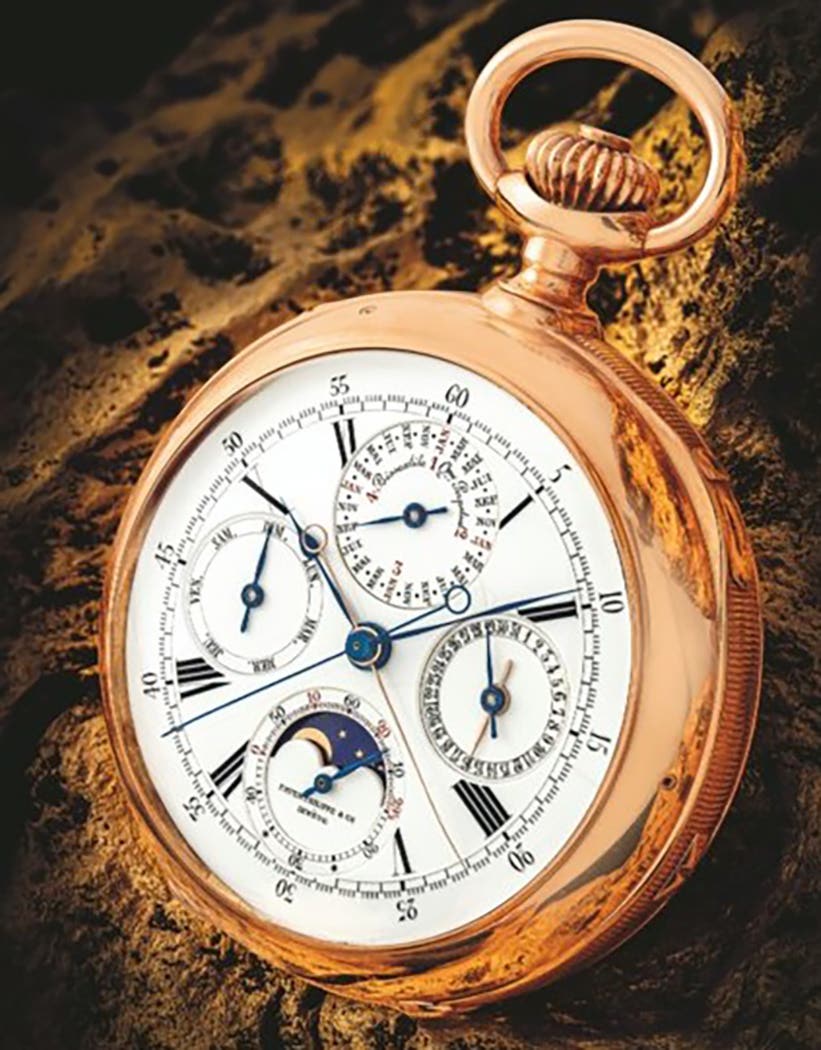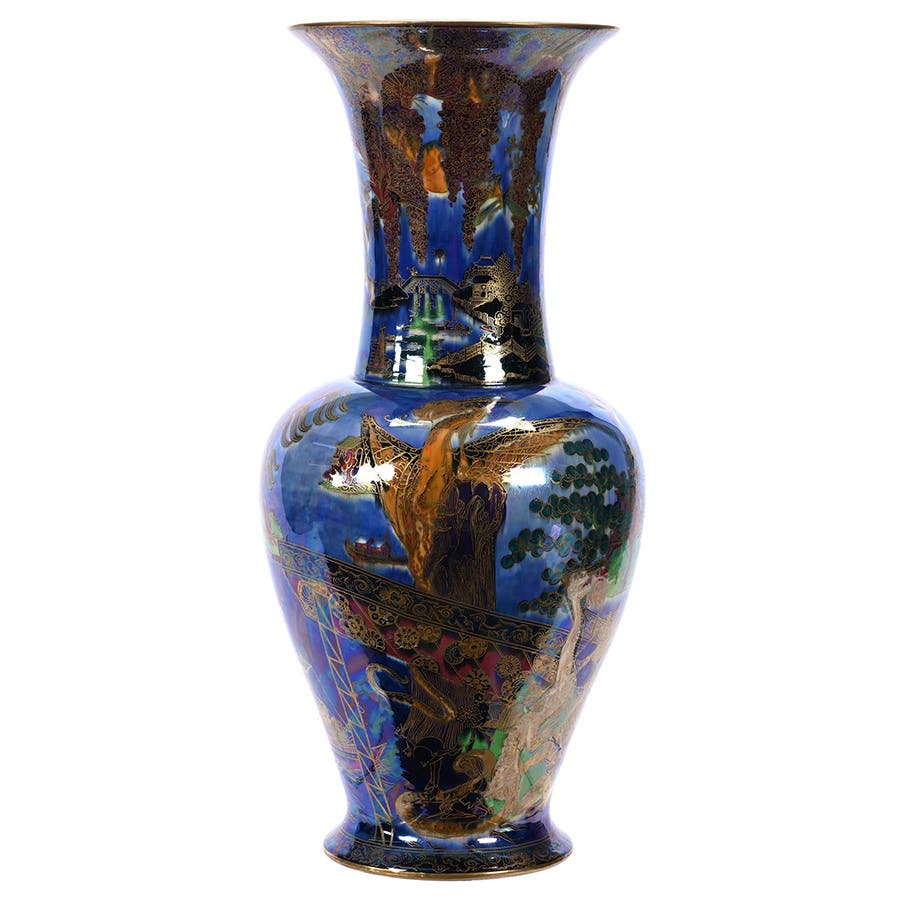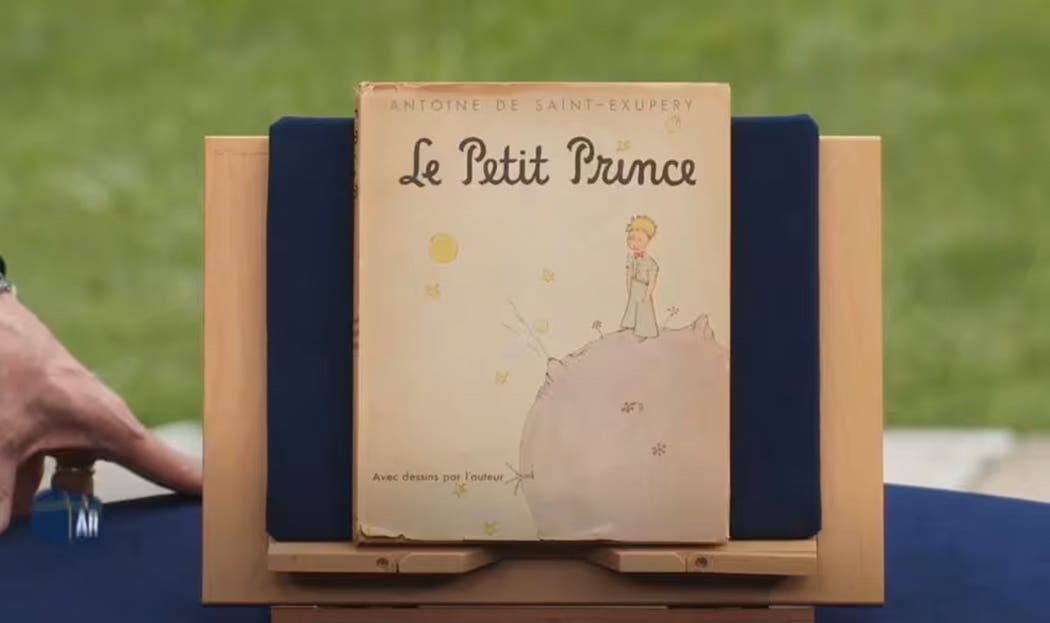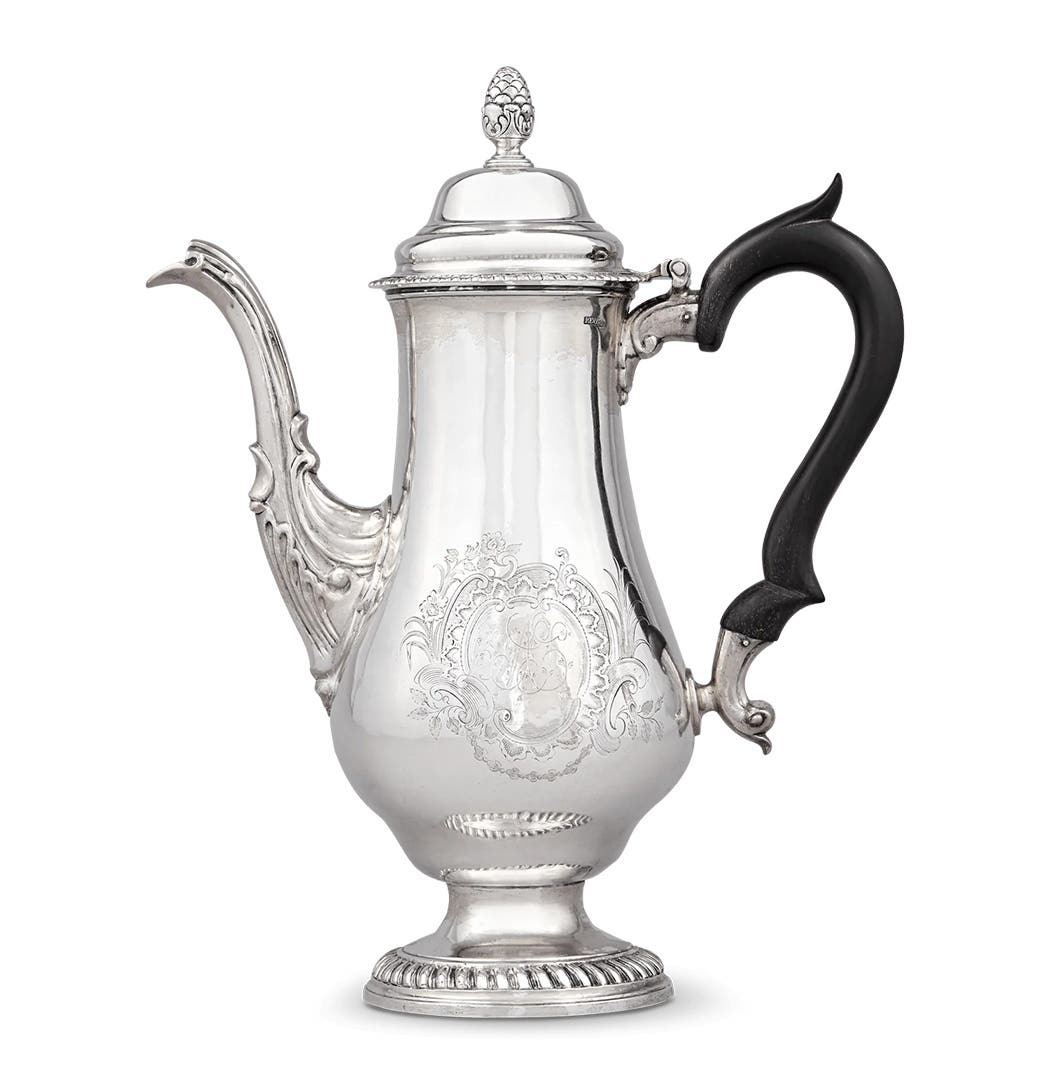Shape eliminates Shawnee as pitcher’s maker
Shape, design and markings on the bottom are key indicators to the maker of a ceramic pitcher, explains Dr. Anthony Cavo, in his Ask the Experts column.
Q I have an antique corn pitcher that was handed down to me. It was my great-great grandmother’s. I’m sure it was made in the 1800s. The only marking on it is the number 52 stamped on the bottom. I’m trying to find the value of it if I wanted to sell.
Iroquois?
– M.T., via email
A You question whether or not this piece was made by the Iroquois China Company of Solvay, N.Y. Perhaps you meant Shawnee Pottery, which was famous for their Corn King pottery. What you have is neither Iroquois China nor Shawnee Pottery. But a beautiful piece of majolica in a very desirable motif.
At first glance this pitcher does appear to be a piece of Shawnee. However, without examining the bottom for a mark or any further examination there are two characteristics that rule out Shawnee. The shape of the body and the shape of the handle. The body on a Shawnee pitcher is typically more rounded at the base. It also often has a slight to well-defined middle or “waist." However, your piece has straight sides. The handle is another indication that this is not a product of the Shawnee Pottery. I have not seen a handle with right angles on a piece of Shawnee. Shawnee Pottery pitchers tend to have classic ear–shaped handles.
When you examine a piece of Shawnee Pottery you will observe it is marked as such. However, you will note the bottom of your piece is not marked Shawnee. It also displays smatterings of colored glaze that is typical of majolica. Another interesting feature seen on the base of your pitcher are the three small un-glazed spots (roughly at 10, 3, and 7 o’clock in the photo). These “stilt” marks are made by small metal stilts that hold the pottery above the surface of the kiln during firing. This prevents the glaze from fusing to the kiln. This is not something you would see in a piece of Shawnee.
When handling a Shawnee pitcher of a similar size you will note that it is less substantial, or weighs less, than majolica and the colors are flatter than the richer, deeper tones seen in a majolica piece. Shawnee pieces are cold painted (the paint is applied over the glaze) and time, handling, and washing may dull the colors and even deteriorate the design. Victorian majolica is earthenware pottery that is decorated with colored lead glazes so the color is set and protected.
Your pitcher is most likely from the 1890 to 1910 period and although you did not supply dimensions, it appears to be about 11 inches in height. If it is in perfect condition and as tall as 10 or 11 inches, it wouldn’t be unreasonable to price it in the $175 to $200 range.
"Schmitz 800" Silverware Provides Lesson in Silver
Q I can’t seem to find any information on the following silverware. It was brought home by my grandfather from Germany after World War II.
The front says “Lindgens Roeder” and on back says “Schmitz 800.” I would estimate them at 80-100 years old.
– A.D., via email
A It would be easy to give you a short response to your query; however, I believe that not only is it important to discuss how the value on a particular piece is determined, but also to discuss the item in general (in this case silver). By responding in this way your question becomes relevant to all our readers while also addressing your piece specifically.
Consider the following factors when ascribing value to silver: Is the silver being sold for melt value, who is the maker, what is the age, is it monogrammed, what is the pattern, what is the grade of silver, is it a set of flatware, serving pieces, or a tea set, and what is the weight?
Silver being sold for melt value is based on the price of sterling that day and the grade of silver (.999 fine, .9584 Britannia, .925 sterling, .900 coin, .800 Continental a.k.a. International Coin Silver). This decimal measuring system was created for easier identification and uniformity. The weight must be evaluated in Troy ounces. (At this moment one troy ounce is worth approximately $15.27, which translates into $15.25 per Troy ounce for .999 fine, $14.12 per Troy ounce for .925 sterling and about $12.21 per Troy ounce for .800 Continental silver. This price constantly changes). Certain makers such as Tiffany, George Jensen, Kirk, Dominick & Haff, or Gorham typically bring higher-than-melt prices for a piece of silver than an equivalent piece by makers such as International, Whiting, Towle, or Durgin.
Patterns, Markings, Weigh Helpful Silver Indicators
Antique pieces with artistic value or ornate patterns are usually worth more than simple or modern pieces, with monogrammed pieces selling for less than the same piece without a monogram. This is by no means an absolute or a complete discussion of silver, but it is a good beginning.
If you do not have a silver scale you may want to weigh your silver on a regular scale and use one of the many free online websites to do the conversion to Troy ounces. When weighing pieces such as knives it is important to remember that while the handles may be silver, the blades often are not.
The mark “Schmitz 800" on your silver indicates the name of the German retailer and the grade of silver. Silver marked “800” is International coin silver a.k.a. Continental silver, which is a low grade European silver (the 800 mark is also used in Argentina, Japan, Egypt, Turkey, and Lebanon) with a silver content of 800/1000 (800 parts silver, 200 parts alloy). It is possible that the monogram, “Lindgens Roeder,” are the surnames of a married couple and may have been inscribed as a gift to this couple. Oddly enough, I did find a couple married in Germany in 1856: Carl Anton Adolf Lindgens & Anna Maria Roeder (she died in 1912, he in 1913). While this set may not be that early, it may have been a later anniversary gift; the decimal measuring system has been used for more than 150 years. I cannot prove this connection, but it is an interesting lead to follow.
The pattern is quite beautiful, but because there are only three pieces I would place a value of about $40 to $60 – possibly more if you can substantiate the Lindgens/Roeder connection.




